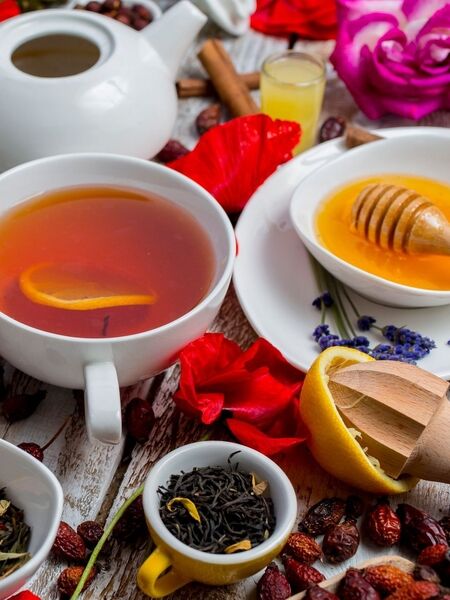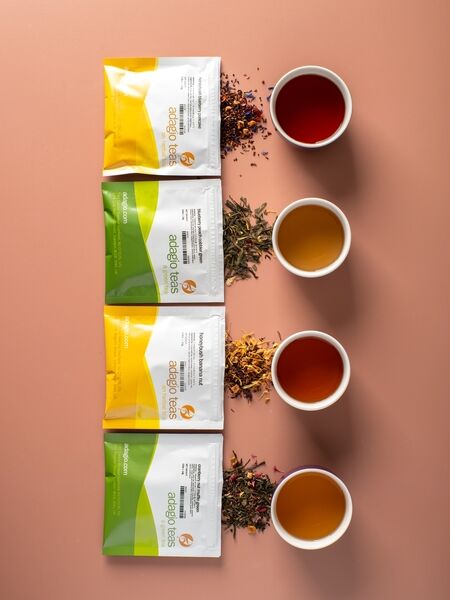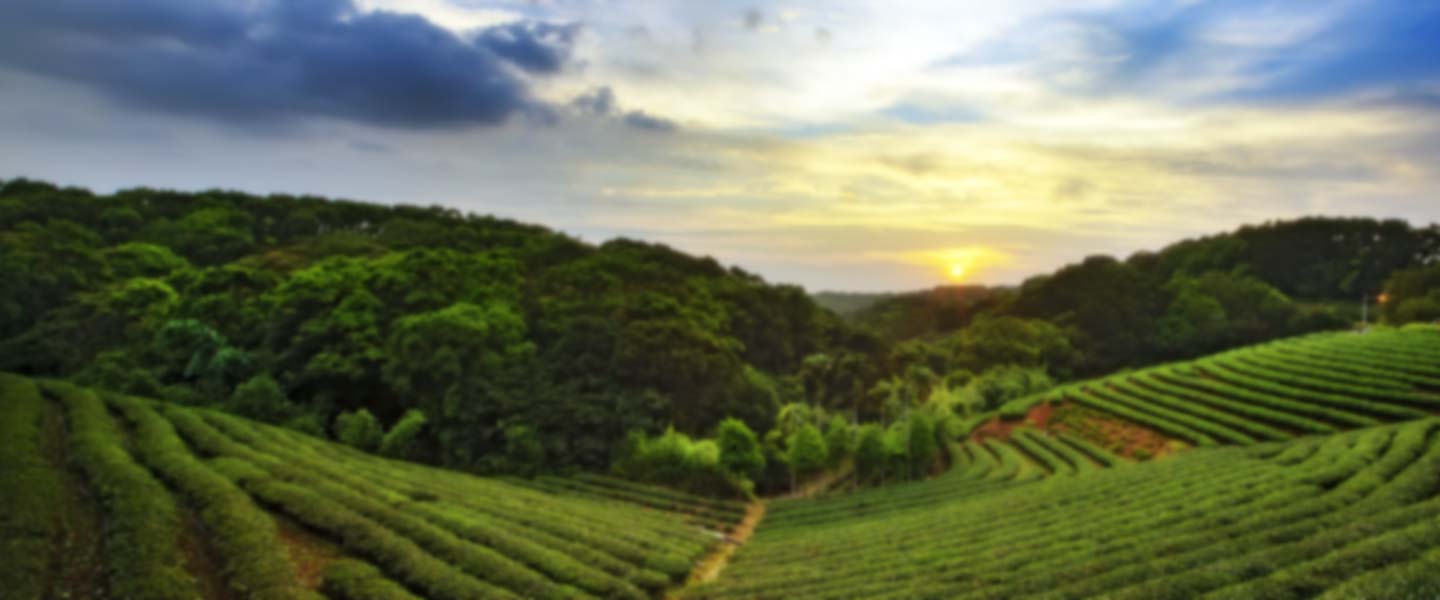Tea Label Guide: Ingredients, Origins, and More


What’s in Your Cup? How to Read a Tea Label Like a Pro
You pick up a new tea blend. The label says something like “herbal infusion,” mentions “natural flavors,” and lists a dozen ingredients from hibiscus to licorice root. Maybe there’s a brewing temp. Maybe there isn’t. You’re intrigued, but slightly confused. We’ve all been there.
Tea packaging can be a beautiful thing: poetic names, lovely illustrations, cozy vibes. But if you want to know what’s actually going on in your cup (and why it tastes or feels a certain way) reading the tea label with a sharper eye can make all the difference. Once you learn what to look for, you’ll find it easier to choose teas that suit your taste, mood, and even wellness goals.
Let’s break down what tea labels are really telling you, and how to read them like a pro.
Why Tea Labels Matter More Than You Think
Tea is more than just a warm (or iced!) beverage. Depending on the ingredients, it can offer energy, relaxation, hydration, or even mild digestive support. Understanding a tea label helps you avoid caffeine when you need to wind down, spot ingredients that help with hydration or wellness, recognize potential allergens or sensitivities, and understand how to steep your tea properly for best flavor.
In short, the more you know, the better your brew.
Decoding Common Tea Label Terms
Herbal vs. “Real” Tea
First things first: not all teas are actually tea. Camellia sinensis is the plant behind green, black, oolong, and white tea. These contain caffeine and tannins. Anything else (like rooibos, chamomile, hibiscus, etc.) is technically a tisane or herbal infusion. It may be labeled “tea,” but it doesn’t come from the tea plant.
Natural Flavors
This term sounds vague, and it often is. “Natural flavors” means flavor compounds derived from natural sources, like fruits, spices, herbs. These are used to boost or round out a tea’s profile. While generally safe and regulated, it doesn’t mean the tea contains real fruit chunks. If you’re looking for whole-ingredient blends, check for visible pieces and minimal flavor additives.
Origin + Leaf Type
Tea blends may list their country or region of origin (like Darjeeling, Assam, Yunnan), which can hint at taste and quality. A single-origin tea means all leaves come from the same location, while a blend mixes leaves from multiple sources. Premium teas often specify leaf grade (e.g., “FTGFOP”)—a system mostly used for black tea that indicates the fineness of the leaf.
Brewing Guidelines
Temperature and steep time are more important than most people realize. Too-hot water can burn green tea, turning it bitter. Too short a steep can leave herbal teas tasting flat.
Follow label instructions (or use a variable-temp kettle!) to make the most of what you’ve got.
Organic, Fair Trade, Non-GMO
These labels speak to sourcing practices. If you’re looking for ethically grown and processed teas, do look for certifications, but also know that smaller farms may use sustainable methods without official labels due to cost.
Ingredients: What’s Really in There?
The ingredient list is where you get the real flavor story. Here’s how to read it:
First ingredients = most dominant: Ingredients are listed by weight. If hibiscus is first, expect a tart, fruity brew.
Whole ingredients vs. extracts: Dried strawberries will add a different kind of flavor than “natural strawberry flavor.” One’s visual and textural, the other’s more aromatic.
Watch for functional herbs: Chamomile, valerian, and lemon balm are calming; ginger and peppermint aid digestion; licorice root adds sweetness and is commonly used for throat support.
Allergens or sensitivities: Citrus, coconut, almonds, and some flowers may be irritants for some people. It’s always worth a quick scan if you have sensitivities.
Choosing Teas to Fit Your Lifestyle
Once you understand the label, you can shop smarter by choosing teas that match your lifestyle and mood. Here are a few examples:
- For energy: Look for green or black tea with high caffeine content. Yerba mate and matcha are also great for focus.
- For relaxation: Herbal blends with chamomile, lavender, lemon balm, or valerian root.
- For hydration: Rooibos, fruit tisanes, and cold-brew-friendly blends are great caffeine-free options.
- For digestion: Peppermint, ginger, and fennel seeds are popular ingredients that support a happy belly.
- For flavor, not function: If you’re just here for the taste (totally valid), look for fun blends with fruit, spices, and florals. Just make sure to check that the flavors come from natural sources (if that kind of thing matters to you).
Be Curious About Your Cup
Reading a tea label might not sound thrilling, but once you know what to look for, it becomes second nature and even kind of fun! You'll start to recognize patterns, ingredients you love (or don’t), and blends that suit your lifestyle or mood.
Next time you're browsing, take a few extra seconds to read the label closely. You might discover something new about a blend… or maybe about yourself as a tea drinker.
And hey, now you’re not just sipping! You’re steeping with intention.
